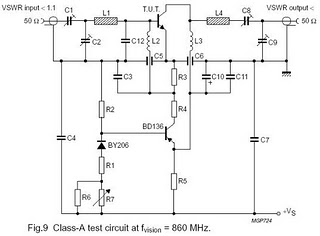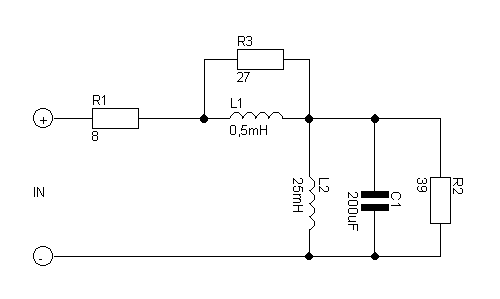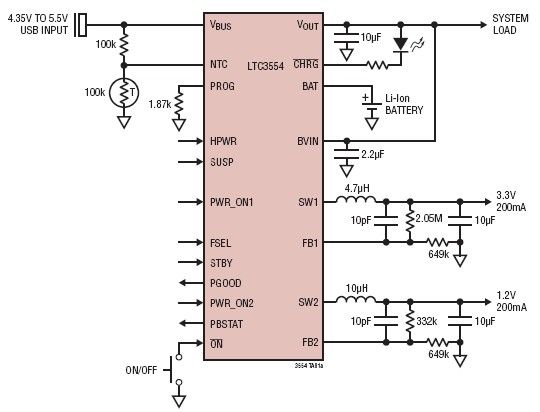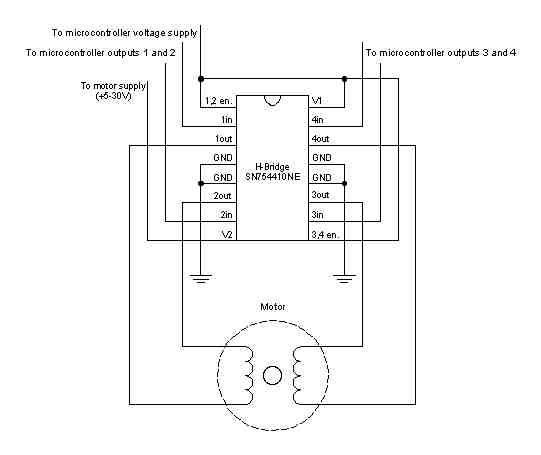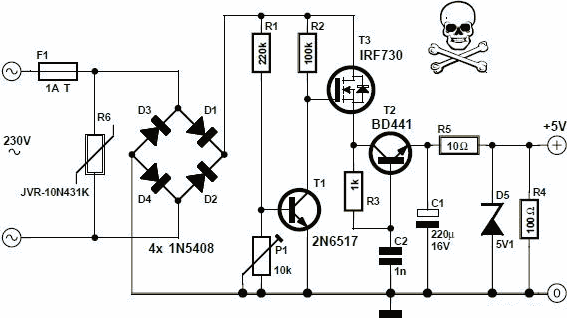
SIMPLE CONTINUITY TESTER CIRCUIT
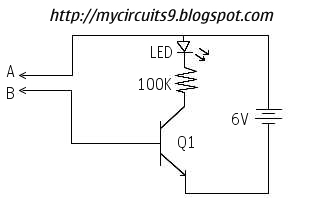
This circuit offers an advantage over traditional continuity testing devices, which typically utilize a multimeter to assess circuit continuity. Multimeters are not suitable for testing high impedance or resistance circuits, such as transformers, capacitors, and high-value resistors. This circuit assists in determining whether the device or electronic component is functioning correctly. By employing this simple continuity tester, it becomes easier to repair damaged electronic devices by accurately identifying faults. To use the device, connect terminals A and B to the electronic component or circuit under test. The LED will illuminate if a continuous path exists or if the component is functioning properly; otherwise, the LED will remain off.
This simple continuity tester circuit is designed to provide an efficient means of verifying the integrity of electronic components and circuits. The circuit typically consists of a power source, an LED indicator, and a series of resistors to limit current and protect the LED from excessive current flow.
When testing a component, the user connects the terminals A and B to the leads of the component or circuit segment. The power source energizes the circuit, and if a continuous path is present, current flows through the LED, causing it to light up. The brightness of the LED can indicate the quality of the connection; a dim LED may suggest a high-resistance connection, while a bright LED indicates a low-resistance path.
In applications involving high impedance components, the circuit may incorporate a buffer stage or an operational amplifier to ensure that the testing process does not affect the component being tested. This is crucial for components like capacitors and transformers, where the testing circuit should not influence the component's behavior.
Overall, this simple continuity tester is an invaluable tool for electronics repair, allowing technicians to quickly diagnose faults and determine the operational status of various electronic components without the limitations imposed by traditional multimeters.This circuit have an advantage over ordinary CONTINUITY testing Device, usually we are using multimeter to check the continuity of a circuit. It is not suitable to check the continuity of a circuit with high Impedence or resistance like Transformer, Capacitors, and even for high value Resistors.
This circuit helps you to determine whether the devi ce or electronic component is working fine And by using this SIMPLE CONTINUITY TESTER you can repair any damaged electronic devices easily [By identifying the actual fault of the device]. Connect the terminals A and B to any electronic component or circuit which is to be tested. The LED will glow if the circuit having a continuous path or the component is working finely. Otherwise the LED remains OFF. 🔗 External reference
This simple continuity tester circuit is designed to provide an efficient means of verifying the integrity of electronic components and circuits. The circuit typically consists of a power source, an LED indicator, and a series of resistors to limit current and protect the LED from excessive current flow.
When testing a component, the user connects the terminals A and B to the leads of the component or circuit segment. The power source energizes the circuit, and if a continuous path is present, current flows through the LED, causing it to light up. The brightness of the LED can indicate the quality of the connection; a dim LED may suggest a high-resistance connection, while a bright LED indicates a low-resistance path.
In applications involving high impedance components, the circuit may incorporate a buffer stage or an operational amplifier to ensure that the testing process does not affect the component being tested. This is crucial for components like capacitors and transformers, where the testing circuit should not influence the component's behavior.
Overall, this simple continuity tester is an invaluable tool for electronics repair, allowing technicians to quickly diagnose faults and determine the operational status of various electronic components without the limitations imposed by traditional multimeters.This circuit have an advantage over ordinary CONTINUITY testing Device, usually we are using multimeter to check the continuity of a circuit. It is not suitable to check the continuity of a circuit with high Impedence or resistance like Transformer, Capacitors, and even for high value Resistors.
This circuit helps you to determine whether the devi ce or electronic component is working fine And by using this SIMPLE CONTINUITY TESTER you can repair any damaged electronic devices easily [By identifying the actual fault of the device]. Connect the terminals A and B to any electronic component or circuit which is to be tested. The LED will glow if the circuit having a continuous path or the component is working finely. Otherwise the LED remains OFF. 🔗 External reference
